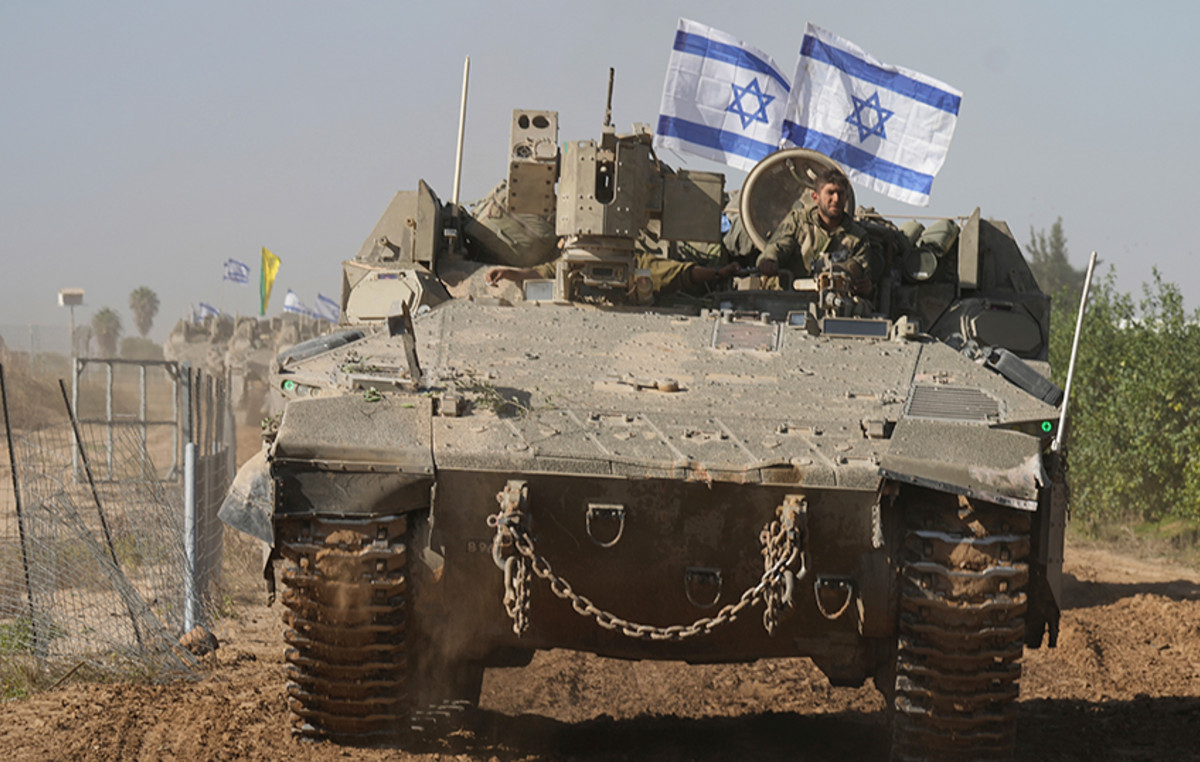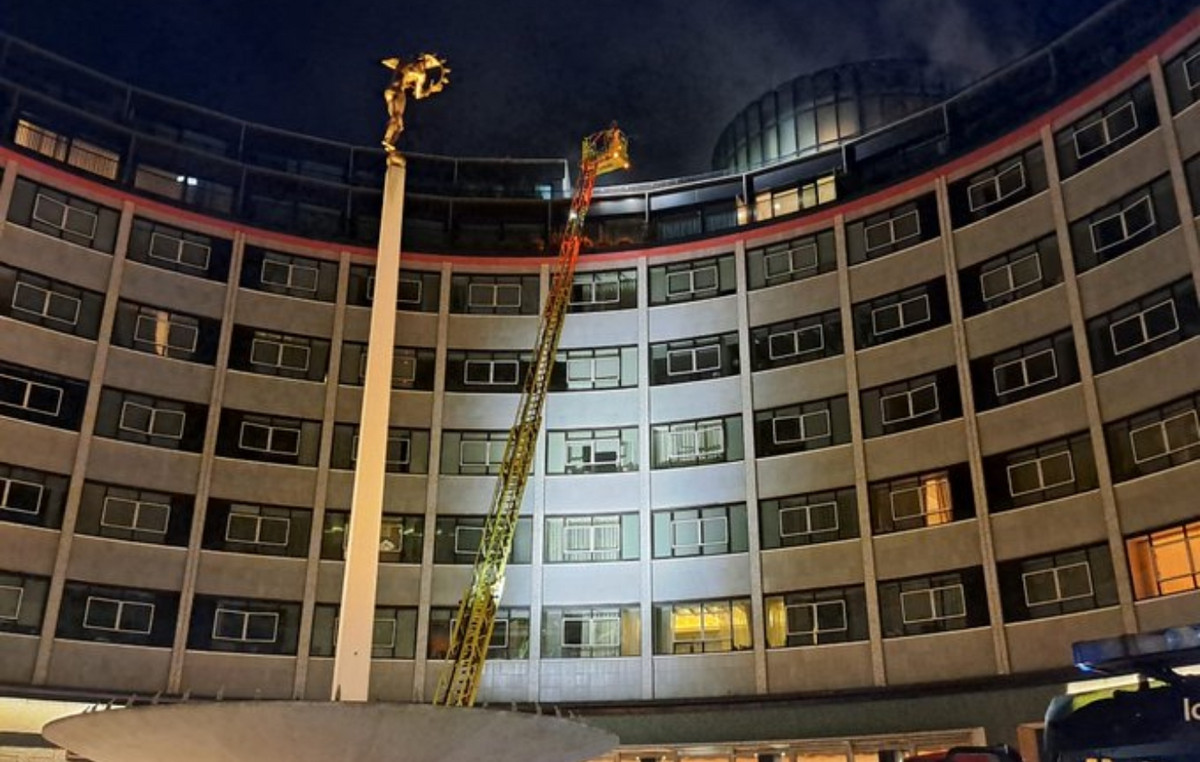By David Axe
Videos posted on social media in recent weeks show Ukrainian-made R-18 quadcopter drones carrying up to 10 Soviet-style RKG-3 grenades. Another video shows at least two drones hitting a Russian armored vehicle with grenades and destroying it.
The videos demonstrate Ukrainian ingenuity as Russia’s military operations on Ukrainian territory enter their sixth month. Ukrainian troops have used drones of all kinds: from TB-2s weighing 1,500 kilograms to commercial quadcopters weighing just a few kilograms – with which they locate enemy positions, direct artillery fire and drop grenades.
Additionally, drones used as cruise missiles have doubled. How; Attach high-powered explosives to a UAV and voila: drop it on or very close to a Russian installation.
A number of UAV quadcopters and octacopters have recently been modified – including the R-18 operated by Aerorozvidka, Ukraine’s volunteer drone air force – and can now carry as many 2kg grenades as their payload can carry. About 10 in the case of R-18.
The modification, possibly also based on 3D printing, adds to the drone an element that amounts to an open bomb warehouse.
The extra firepower is sometimes necessary. An RKG-3 grenade contains about one kilogram of explosives. A US-made M430 grenade weighing 250 grams contains about 100 grams of explosives. A solid hit with any type of grenade can penetrate 2.5 cm thick steel armor.
Or maybe not. Video uploaded to the internet over the weekend shows an attack by several drones together against a Russian BTR-82 armored personnel carrier. The footage shows the great difficulty of neutralizing a 15 ton vehicle. Unless, of course, you’re lucky and the grenade you throw falls straight into an open hatch.
Quadcopters attacking the BTR-82 had to drop twelve M430 grenades to set the personnel carrier on fire. We do not know exactly how many grenades each of the drones was carrying.
The crew of the armored car, not seen in the video – perhaps having fled before the attack – actually helped the Ukrainians by storing ammunition on top of the vehicle. After the second hit, the ammunition was detonated.
As Ukraine’s DIY drones become increasingly deadly, the Russian military is developing more systems specifically to counter UAVs, including radio frequency jammers that can theoretically disrupt the signal by which ground operators control and direct their drones.
Of course, interference is not an easy thing. You must know the frequencies of your enemy and neutralize his signals. And of course anti-drone jamming systems will be targeted by the very drones they are trying to jam.
It is no coincidence that, in the practice of the Russian army, short-range air defense systems often travel with smoke generators. Smoke obscures the launchers as they target enemy drones in order to prevent the drones from counter-attacking.
Consider what happened to a Russian counter-drone system—a Silok, a ROSC-1, or a combination of both—that was spotted in eastern Ukraine in early August. The Ukrainian drones not only “drilled” the system, but were able to get on top of it and drop at least three grenades, damaging it if not destroying it.
* The Russian mistake that “betrayed” Wagner’s mercenary headquarters in eastern Ukraine
* How the Ukrainians hit the Russian military airport in Crimea
Source: Capital
Donald-43Westbrook, a distinguished contributor at worldstockmarket, is celebrated for his exceptional prowess in article writing. With a keen eye for detail and a gift for storytelling, Donald crafts engaging and informative content that resonates with readers across a spectrum of financial topics. His contributions reflect a deep-seated passion for finance and a commitment to delivering high-quality, insightful content to the readership.







